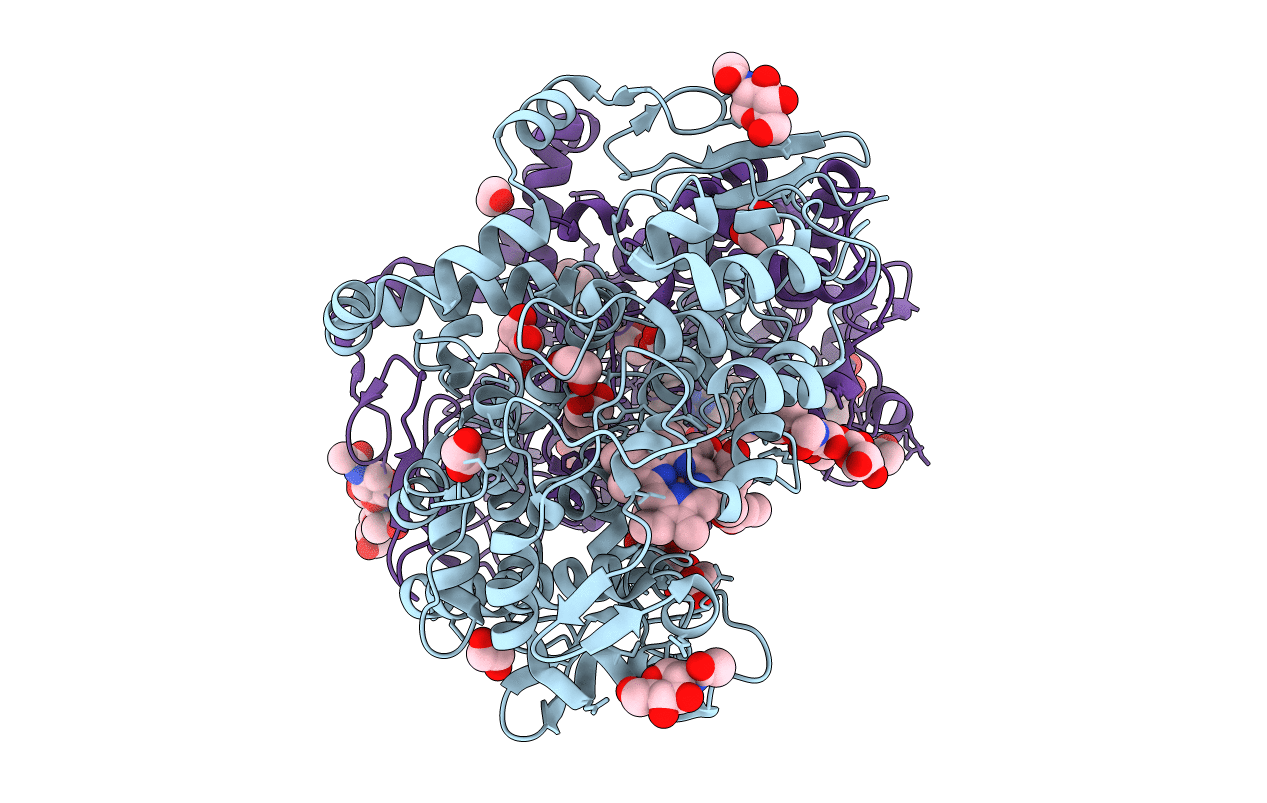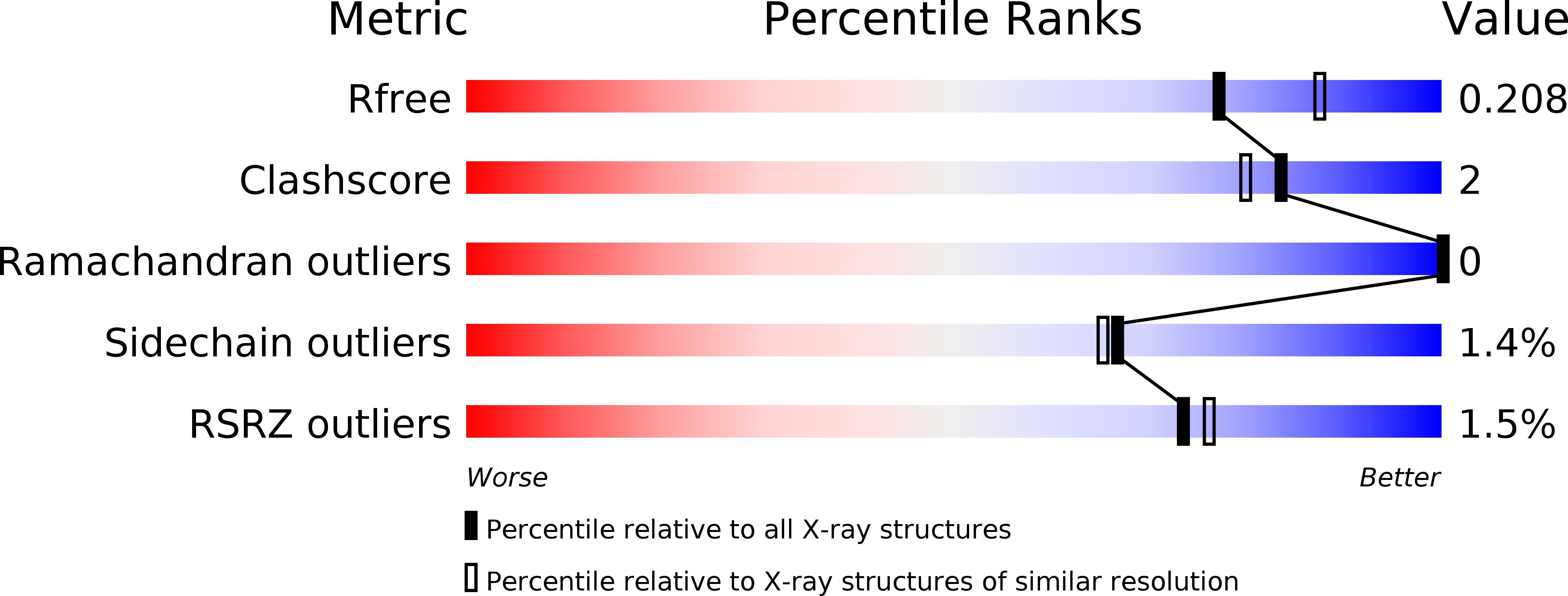
Deposition Date
2015-11-30
Release Date
2016-03-16
Last Version Date
2024-11-20
Entry Detail
PDB ID:
5F19
Keywords:
Title:
The Crystal Structure of Aspirin Acetylated Human Cyclooxygenase-2
Biological Source:
Source Organism:
Homo sapiens (Taxon ID: 9606)
Host Organism:
Method Details:
Experimental Method:
Resolution:
2.04 Å
R-Value Free:
0.20
R-Value Work:
0.16
R-Value Observed:
0.17
Space Group:
I 2 2 2


